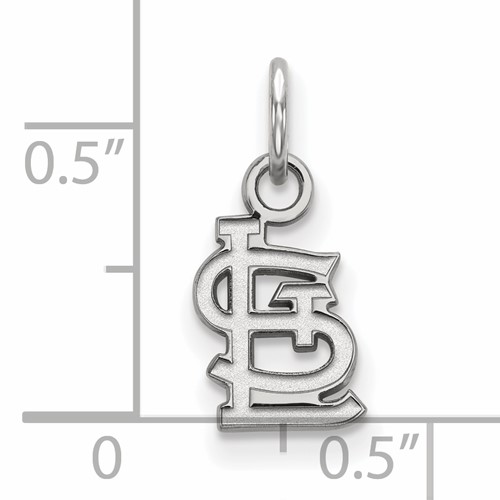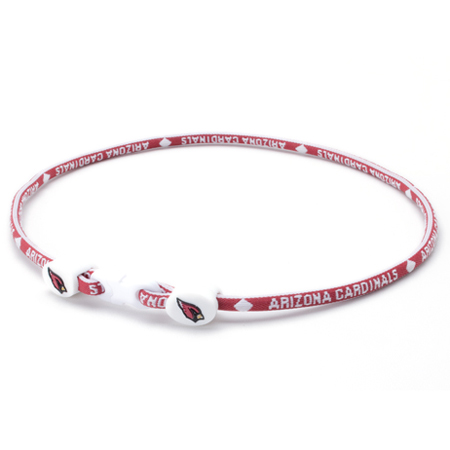
The company launched the pilot in February and completed the test in the fall.Ĭardinal Health is also working with Pfizer on a separate RFID pilot to authenticate Viagra shipments at its Findlay facility.Anchoress and Cardinal: Julian of Norwich and Adam Easton, The product dispensed to patients was not in the RFID packaging.
#Cardinal chains 97 software#
Normal material handling procedures were enhanced with RFID hardware and software from Alien Technology Corporation and IBM along with project management support from VeriSign.įrom Findlay, the tagged product was sent to a pharmacy to further test read rates and data flow using the same technology as the distribution center. The products were shipped to a Cardinal Health distribution center in Findlay, Ohio, where the data was read and authenticated as products were handled under typical operating conditions.
#Cardinal chains 97 code#
In conducting the end-to-end pilot program, Cardinal Health placed RFID tags on the labels of brand-name solid-dose prescription drugs, then encoded the electronic product code (EPC) standard data at the unit, case and pallet levels during the packaging process. Shrink Wrap Tote Carts at Distribution Center

Read rate data for item- and case-level tags appear in the table below. While the company expected that some reading stations would not achieve acceptable read rates, the lack of hard data in the marketplace led program planners to measure all possible scenarios.
#Cardinal chains 97 full#
However, as expected, unit-level read rates were not found to be reliable when attempting to read units within a full pallet of product.Ĭardinal Health's RFID pilot program tested many different possible reading stations throughout the supply chain. Unit-level read rates in excess of 96% were found when reading individual cases one at a time and when reading units mixed with other products in tote containers prepared for delivery to a pharmacy. Unit-level read rate data varied widely depending on the locations and type of reading stations throughout the supply chain. Online encoding yields were 95 to 97% fine-tuning of the process is expected to produce yields that approach 100%.


The pilot found that it is feasible for RFID tags to be inlaid into existing FDA-approved pharmaceutical label stock, and that the tags can be applied and encoded on packaging lines at normal operational speeds. Until those challenges are addressed, direct distribution of medicine continues to be the best near-term approach to maintain the highest levels of security and efficiency in the pharmaceutical supply chain." "While our pilot demonstrated that using UHF RFID technology at the unit, case and pallet level is feasible for track and trace purposes, a great deal of additional work needs to be undertaken by stakeholders across the industry to address significant challenges including global standards, privacy concerns and the safe handling of biologics. "Cardinal Health's test of RFID under real-world conditions has demonstrated that the technology has real promise to provide an added layer of safety," said Renard Jackson, vice president and general manager of global packaging services for Cardinal Health. Verifying the authenticity of medications during distribution would add an additional layer of security to lessen the chance of counterfeit pharmaceuticals entering the supply chain.

The pilot program tested whether ultra-high frequency (UHF) radio frequency identification (RFID) tags could be applied, encoded and read at normal production speeds during packaging and distribution of pharmaceuticals. (Dublin, Ohio), the $81-billion provider of products and services supporting the health-care industry, has released the results of an end-to-end test of RFID technology in the pharmaceutical supply chain.


 0 kommentar(er)
0 kommentar(er)
